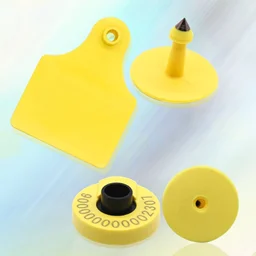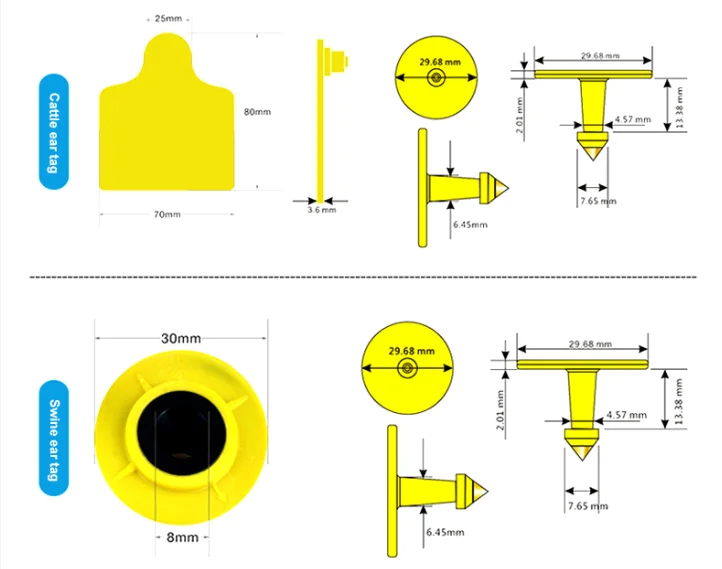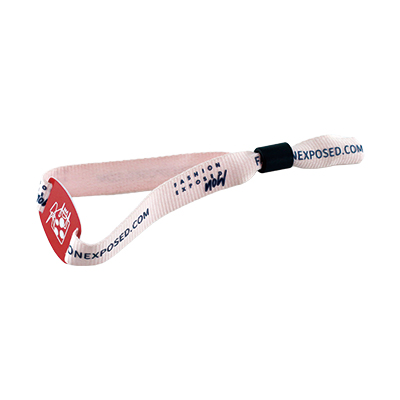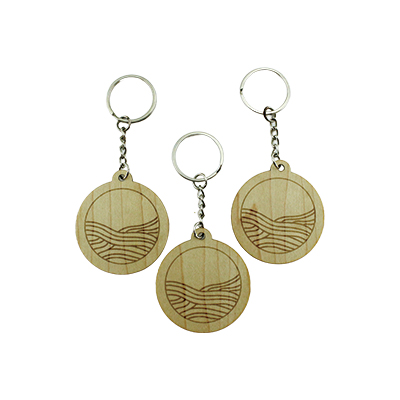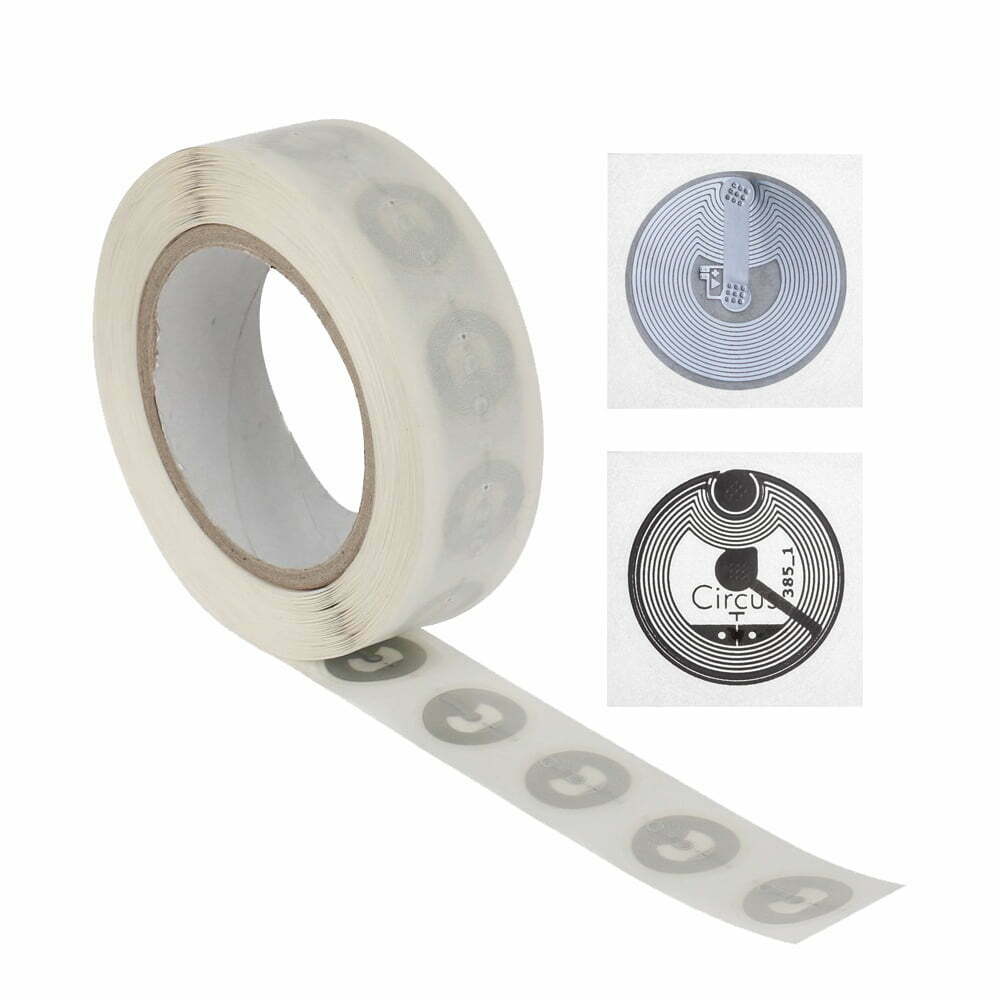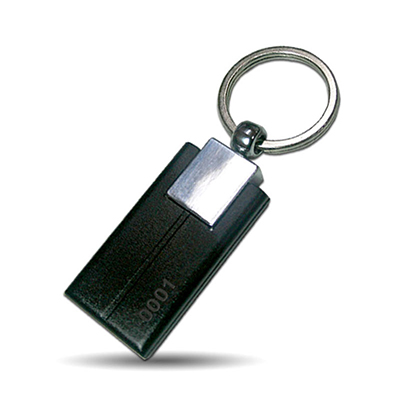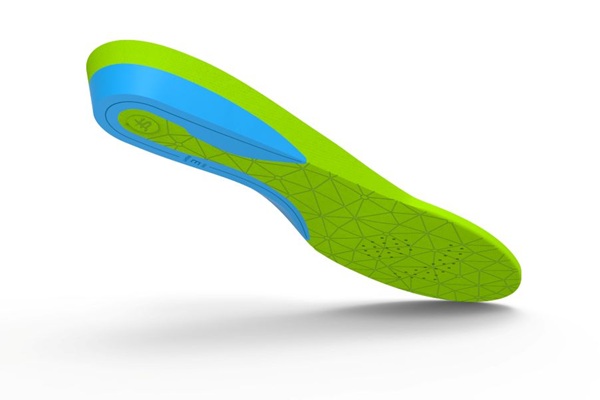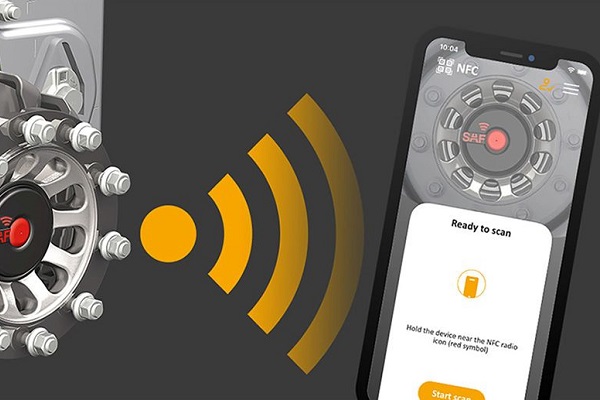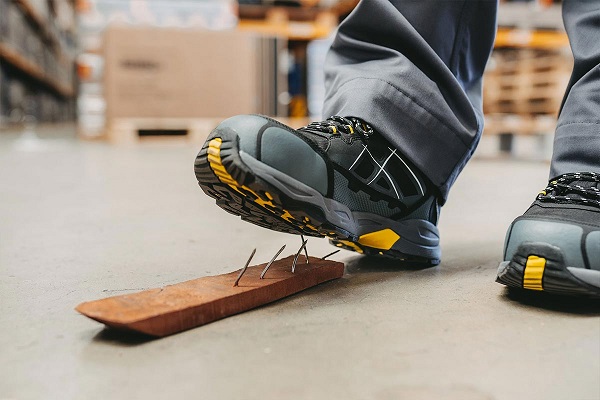 Tagging is important for livestock to identify and monitor them. So, it is important to choose tags that solve the purpose without any complexities. There are many types of tags available in the market. You should research and analyze what kind of tags will best suit your requirement and budget and then make the purchase.
Tagging is important for livestock to identify and monitor them. So, it is important to choose tags that solve the purpose without any complexities. There are many types of tags available in the market. You should research and analyze what kind of tags will best suit your requirement and budget and then make the purchase.
What is an cow earring?
An cow earring is a plastic or metal object that carries an identification number on it and is placed in the ears of an animal. The new Electronic Identification Tag (EID) uses Radio Frequency Identification Device (RFID) technology for more efficient livestock management. These electronic tags use the EID number or the management number on the button that is placed at the back of the animal’s ear. The information on the tag is read and stored with the help of radio waves.
Why do farmers use cow earrings?
Farmers and livestock producers find it difficult to locate and monitor the activities of their live stocks because the process is time-consuming as well as costly. Therefore, they put tags on their animals to help them identify and monitor the stocks easily. The tags also track their cattle’s performance and monitor their health. These records ensure proper feeding, vaccinating and movement of animals in the farm. And, also help farmers in taking timely and correct decisions about selling the cattle when they are no more required at the farm.
You can distinguish between a good and bad cow earring based on following features.
1. Size – The cow earring is placed on the animal’s ear. So, it should be big enough to be visible even from a distance and not too big to cause discomfort to the animal. You should be able to write the identification numbers properly on the tag in a way that they are clear and readable. Numbers and bar code should be covering full size of the female tag, leaving 2 mm margin on all sides.
2. Easy to apply – A good tag is easy to apply and is not very complex to use and maintain.
3. Material used for the tag – Metal tags are associated with more damage to the ears than the polyurethane (PU) tags. There are higher incidences of bleeding and infection at the tagging point when a metal tag is used. A good tag should be made of Ether grade Thermoplastic Polyurethane Elastomer material that should be resistant to ultraviolet light, high and low temperature, and should be tamperproof.
4. Tear resistance – A good tag should not fall out or become unreadable when covered in dirt or mud. The electronic tags are tear resistant and remain attached to the animal for their life time.
5. Male and Female part – A good tag should have the male and female part. The male part is the visual part which is ideally around 27 mm in diameter and has a metal point. The female part is the button with a close head.
6. Printing on tag – A good tag comes with a dark number printing, readable enough from a distance. The print should be such that it doesn’t dissolve over the lifetime of the tag.
7. ISO certified – A good tag must be ISO11784/11785 certified with proper documentation of its manufacturing and application.
RFIDHY provides ISO certified cow earrings conforming the industry standards. The tags come in different frequencies from 134.2KHz, 125KHz to as low as 860 MHz and 960MHz. These waterproof and shock-resistant RFID tags are designed in a way to implement the technology efficiently and hassle-free. With a 100% performance guarantee, RFIDHY’s cow earrings last for the lifetime of the animal. The electrical parts of the RFIDHY Cow earrings are covered by TPU material which is convenient and strong in the harsh environment too. RFIDY gives you the advantage of choosing the ID numbers as per your requirement. You can also choose your color and the content that you want to print on the tags. These ISO-11784/11785 certified tags come with a three-year guarantee. These tags are recommended for Livestock Management, Livestock Tracking, Pet and Lab Identification, Animal Breeding, Plant, and Food Safety Management.
How is an cow earring applied to the animal?
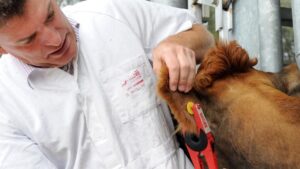
An cow earring carries the fifteen-digit unique Animal Identification Number (AIN) along with few other details like Property Identification Number. The AIN consists of a 3-digit company code and rest 12-digit individual animal number. It can be applied by hand or by an cow earring applicator. An animal can be tagged on one ear or both, depending on the purpose of the tagging. The button like RFID chip is fixed to the ear in a process similar to the piercing of human ear. An ID reader is used to scan and collect the data from these tags, which is then downloaded and stored in a computer. This process reduces chances of error and keep a record of all the data related to an animal at one else.

